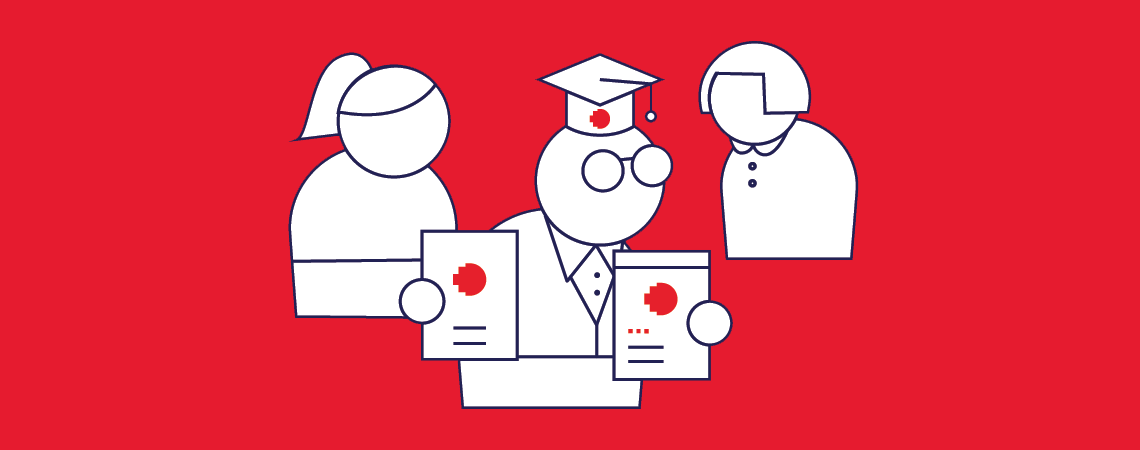RMIT’s logistics qualifications have been developed with considerable industry input and are strongly career-oriented.
Workplace competency standards apply in the traditional areas of Logistics studies, which include:
- understanding the policies and procedures in transport and logistics enterprises
- conducting an environmental audit
- understanding sustainable and legislation impacts on logistics plans
- the use of blockchain technology in the supply chain management.
You will develop logistics strategies and plans for real companies incorporating transport and logistics systems, international distribution and contract negotiation..
Recently, cross-disciplinary projects have been undertaken with international business students form RMIT, collaborating with students overseas.
- RMIT students worked on a project with Seattle North College using Google Apps, including Hangouts, to collaborate online from classrooms in Melbourne and Seattle before presenting to Boeing in the USA.
- Selected RMIT students collaborated with students in Malaysia and the US before presenting to industry client PKT Logistics in Kuala Lumpur.
In addition to the expertise offered by the College of Business Industry Advisory Board, feedback and guidance was sought from a cross-section of organisations both within the transport and logistics industry, as well as those impacted by it to develop this diplomaprogram.
RMIT University is committed to providing you with an education that strongly links formal learning with professional or vocational practice.



